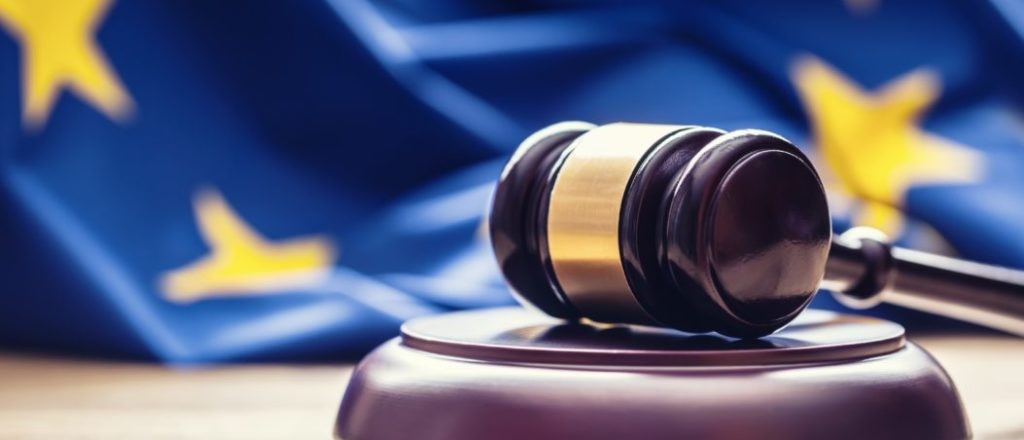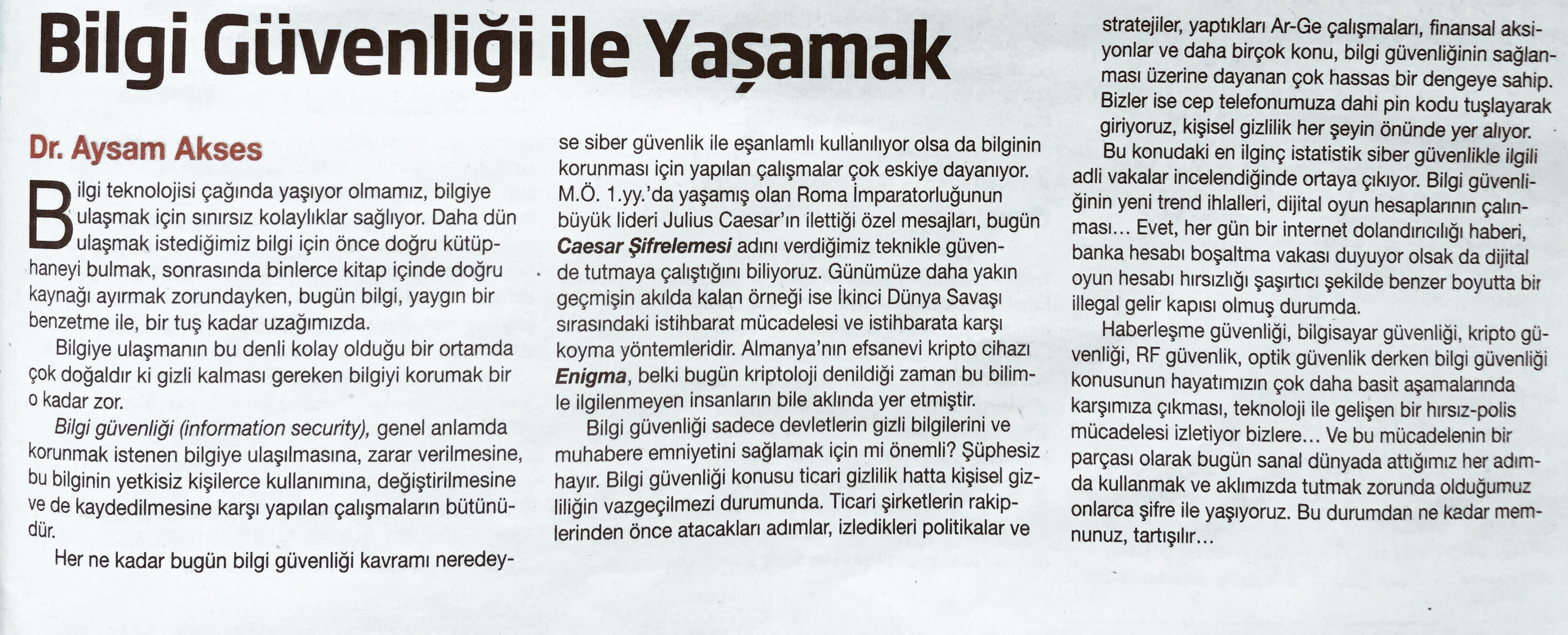The most widely used marking on products today is undoubtedly the CE logo. This sign of conformity with European Union norms in fact symbolizes the conformity of the product used with the relevant technical standards of the European Union. In terms of electrical and electronic devices, this marking means that the product is designed and manufactured according to the;
- relevant EU standards
- Electromagnetic Compatibility (EMC) Directive
- Low Voltage Directive (LVD)
The relevant EU standards are standards, which are specific to the product family, including functional tests that are sometimes required. However, more than the functional tests, the important issue for CE are the EMC and LVD standards, directed by the product family standard.
So, What about the directives?
Directives are the regulations announced by European Parliament and Council about a spesific topic, which contain the basic principles on that subject and all member states have to apply for the subject matter. As I mentioned above, there are two directives for CE in terms of electrical and electronic products, EMC and LVD. We have to remember the main principle that directives does not directly point out the tests to be applied, standards to be used or technical information etc…It sets the principles on the subject, explains the method of implementation, determines the responsibilities and describes the actions and penalties in case of non-compliance.
I have shared basic information about EMC in my previous articles. The European Union’s directive on general principles of EMC for CE marking is 2014/30 /EU at the time of writing this article (you can reach the original directive by clicking the link). It, in general, introduces the fundamental procedures for ensuring EMC requirements (the product is electromagnetically able to operate without disturbing its surroundings more than allowed and also not disturbed from the electromagnetic effects surrounding it). Therefore, it must be ensured that the relevant product conforms to EMC standards.
The other essential requirement, as in EMC, is the compliance with the Low Voltage Directive (LVD). LVD is aiming to take measures to protect the health and safety of people, animals and goods in the market. The current EU directive is 2014/35/EU. We can say that the directive basically aims at enforcing related products safety standards.
Both directives share basic principles as I mentioned above. As a summary the most basic titles you will see in the content will be;
- Requirements for placing the product on the market
- Obligations of the manufacturer, representative, importers, distributors
- Conformity assessment procedures, declarations
- Non-compliance and penalties
There are two important points to be considered in CE marking;
First, preparation and storage of a Technical File containing reports showing the conformity of the product with the above directives, technical information about the product, explanatory documents etc. The other is to make the correct markings and to issue the necessary information on the product, its packaging or in the documents sent with the product. These details are set out in the contents or Annexes of the relevant directives. The most important issue, of course, is to take into account the latest version, the last one containing all the updates.











